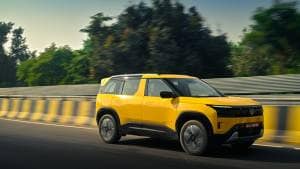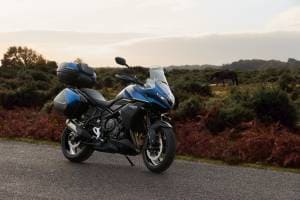Interview: Hyundai Elite i20 designer Casey Gee Hoon Hyun
On the sidelines of the launch of the new Hyundai Elite i20, we met Casey Gee Hoon Hyun (creative design manager, Hyundai Design, Planning and Management team), who is responsible for the design of the new hatchback. His presence at the launch in Delhi underlines the importance of the car as the Hyundai that sets the ball rolling on the second generation of the Fluidic design ethos that has brought the Korean car manufacturer so much recognition across the globe.
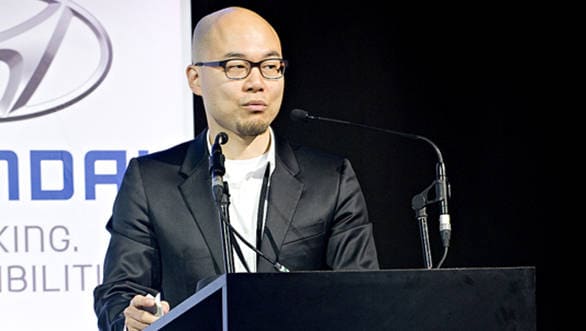 Casey Gee Hoon Hyun, creative design manager, Hyundai Design, Planning and Management team at the launch of the Elite i20 in India
Casey Gee Hoon Hyun, creative design manager, Hyundai Design, Planning and Management team at the launch of the Elite i20 in India
OD: How important is Fluidic design for Hyundai?
I think it is very important. The design allowed us to define the design of Hyundai. In a clear way that didn't require us to say anything. In a sense, it allowed us to create cars where the 'Hyundainess' just comes through and that to us was the best thing that we could do.
In the last five years, we have come up with a full line of vehicles that are very consistent but very expressive and very individual. But when we started work on the next generation a few years ago, we felt that we needed to take the next step.
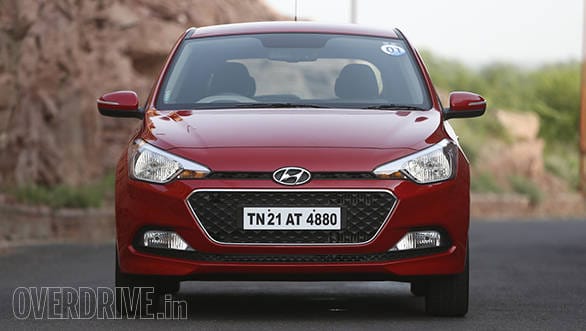 ". .. In the few years of developing the consistent family look, we gained experience and more confidence that people will accept the design as it is. So we thought of this front face look that we could keep as one individual sort of look", says Hyun
". .. In the few years of developing the consistent family look, we gained experience and more confidence that people will accept the design as it is. So we thought of this front face look that we could keep as one individual sort of look", says Hyun
The next step was either going to be status quo, or we could go for greater variety or greater consistency. We thought that the greater consistency was needed because in the few years of developing the consistent family look, we gained experience and more confidence that people will accept the design as it is. So we thought of this front face look that we could keep as one individual sort of look.
We also have a greater level of strategy that you will see very soon with the new cars coming out. You will see that it will keep the design, keep the look but it will be very unique, very individual but part of the family. Think of it as your family, for example. You are all individuals with your own look and personality but you can tell that you come from the same place, the same family.
We are confident now that we can do this now with a single family look. It's a matter of confidence, acceptance and respect. Confidence from outside, confidence within and respect from outside. We feel like now we could do that for our whole lineup without overlapping our cars.
OD: Of late, all the Volkswagens have started to look very similar...
Well, you have your direct family and you have relatives. Similarly, depending on the kind of vehicles, we will be able to make sure that we have a cluster of family that looks closer by the segments or by the type of vehicle. There are definitely different ways that you can do this and I was in charge of that project but I cannot tell you any more than this right now.
OD: Why is the Elite i20's C-pillar black?
The Elite i20 is more upright than most other cars but Hyundai is known its sporty, sleek looks. So we wanted this distinctive two-style car vehicle to show a bit of strength and that's why the matte black C-pillar.
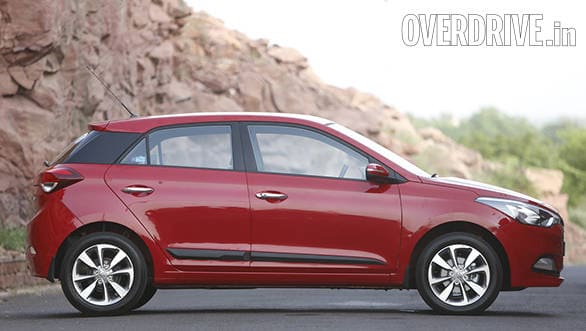 "We wanted to make the pillar look sleek and dynamic and be able to connect the backlight to the side glass."
"We wanted to make the pillar look sleek and dynamic and be able to connect the backlight to the side glass."
We could have done glass - some of our older cars have had it as well. But we wanted to make the pillar look sleek and dynamic and be able to connect the backlight to the side glass. This is why we deliberately used this panel, because we think it could show strength, dynamism and the connection at once.
OD: Do Kia and you work together?
I communicate with Kia because my job description specifically outlines that I overlook the strategy of the overall lineup. I see Kia's cars to ensure that we do not overlap. But that's it. Hyundai Motor Group owns Hyundai Kia Motors and us, but we are completely different entities. We have different design centers, different design philosophies and different design hierarchies.
OD: And engineering?
You'll have to ask the engineers. I can only speak on behalf of design and we are totally, totally, totally independent.
OD: Tell us about the design process
Fluidic design started with the Sonata which I designed along with another designer in America. The sales were amazing. Everyone loved it and it defined our brand. The Elite i20 and the Genesis are the vehicles that are carrying the torch for the new design. It is quite interesting because we started out with a D segment family car. And now we will go up as well as down.
We have a full size car in the Genesis and a family car in the i20. That's why we created premiumness in both the cars. It is not about the size, premiumness (as it) is about the emotion and how people perceive the car. The Genesis will be the defining car for North America, Korea and some other markets for us. The Elite i20 will be the defining premium car in the Indian market.
OD: Is tyre size critical to overall design?
When you're a student, tyre size matters - the bigger the better. But as you start maturing, it loses its importance. I asked a friend of mine who used to work at Mercedes-Benz why the wheels on the S-Class are always smaller than on the BMW 7 Series. But I found the answer myself - because it shows the level, it defines the man among the boys.
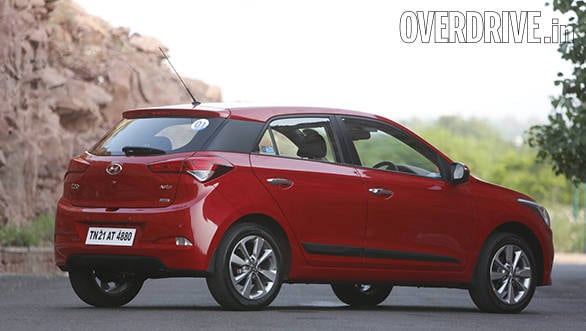 "Smaller wheels and creating good proportions, good balance, good stance is really what defines a good design.", says Hyundai designer
"Smaller wheels and creating good proportions, good balance, good stance is really what defines a good design.", says Hyundai designer
Of course, you would like to have big wheels. But smaller wheels and creating good proportions, good balance, good stance is really what defines a good design. As a professional designer, I go to student shows and see sportscar designs with 24-inch wheels. It looks pretty good but I think a lot of other designers could do something like that if they have huge, massive wheels...
The Elite i20 has 16-inch wheels. For a while I thought why not 17? But if you look at the pictures and the images, we have not cheated. It shows a fantastic balance and stance and we have done a great job of that. When I saw the car on the stage today, I felt happy and proud.
OD: The one distinctive detail inside the i20?
The rear seat. The people who purchase this car would be fairly well off and probably use a driver from Monday to Friday. The comfort and premiumness of the rear seat is as important, then, as the driver's seat. So the interior space is about comfort but it is also about respect. This is a very unique thing in India. In North America, people will even drive the Genesis themselves. But this need was dictated by the Indian market and that's why we took so much time to develop the rear seat. It is about the significance of who sits there, why they sit there and when they sit there.
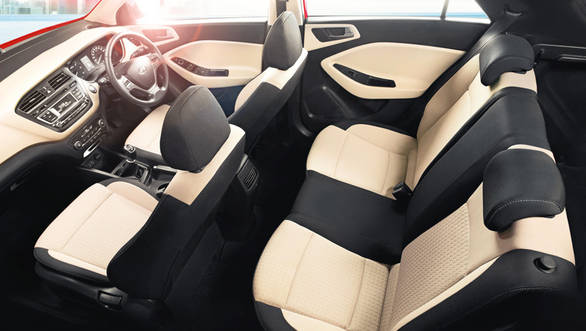 "The comfort and premiumness of the rear seat is as important, then, as the driver's seat. . . "
"The comfort and premiumness of the rear seat is as important, then, as the driver's seat. . . "
OD: Are DRLs important to design? Why don't we get them?
The DRL is a decision made by the marketing staff so you should ask them. But I think even without DRL, we can show what the car looks like when it is lit.
OD: Are they another design crutch?
I think so. It's like proportion. You do the big things first and then you go small. If you do the small things first and then go big, it doesn't work. Some call it [DRL] whimsical makeup. I don't discredit it that much. I think it is important but I think that the Elite i20 works at the big picture.
OD: Was some part of the design done here in India?
Hyundai has lots of Indian designers and engineers and we had tremendous support from studio designers. HMIE is located in Hyderabad and over the last few years we have seen incredible work come out of there. For the Elite i20 we did not have many Indian designers working on the styling because many are working on other global cars. No kidding. I cannot discuss which cars but they are so busy that I cannot actually get them to work on the i20! Amazing as it is, there are a lot of Indian designers in Korea now working on global, non-Indian projects. Even in India, they're working at a global standard, on global projects. It's not like they're given small tasks like do this bumper or do the wheels. . .
OD: Do the wheels?
I started off doing wheels. I don't know if that car was sold here but I did a wheelcap (the plastic cap on steel wheel). I'm not ashamed about it. But usually junior designers take care of this. Usually some smaller satellite studios happens to take a back seat and so they're asked to do something small like a door handle. . . Indian designers are in Korea because we need them.
OD: Is the WRC car a design influence?
The WRC has to be a production car. We looked into it. We had the dressed up version sketches to look at. But I don't think the WRC influenced the production car - if it did then the Polo, for example, would look different. We did think about it and we had renderings but I don't think it dictated the design.
OD: Did you start with a price/segment definition?
The product people give us what it is and who it is for as the starting point. The segment is defined but not the price. So we do have to work towards that guideline in terms of how the design has to work out. It is one of the founding musts of the project. Even before the first sketch.
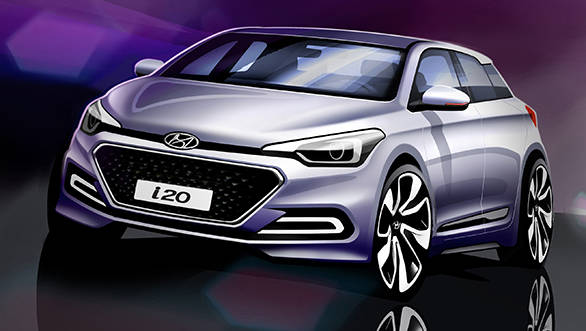 "The segment is defined but not the price. So we do have to work towards that guideline in terms of how the design has to work out. It is one of the founding musts of the project. Even before the first sketch."
"The segment is defined but not the price. So we do have to work towards that guideline in terms of how the design has to work out. It is one of the founding musts of the project. Even before the first sketch."
OD: Which part of the interior defines the new DNA of Hyundai design?
I'd say the crash panel [dashboard]. How that wraps around towards the driver. It is a very important aspect in the big picture. And in terms of the brand as well.
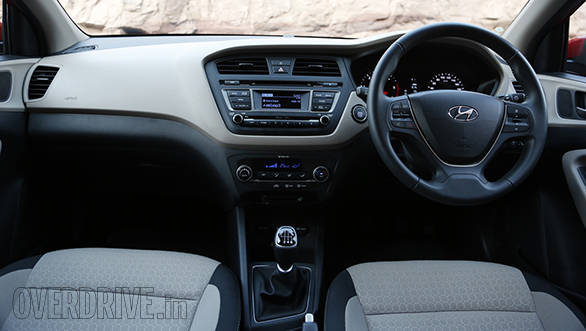
When you get in the car, you will notice how it moves away from what we had done before in terms of interior design.
OD: Do flamboyant designs age badly?
This was a question everyone used to ask. Sonata which was the very first car, it was still selling in NA about 250,000 cars a year. It was the only car in the segment, it never got a facelift. So to your question? I think it ages really well. We had a lot of people say it is still a great car, still looks great. Elantra is the same. Still selling well. Two of the best cars we felt we created. I guess it is one of the those classic cars. Until now, until the Sonata exited, it was selling very well.
OD: Emotional design. Two-seater sports car from Hyundai?
If there hasn't been one, there could be one. . .
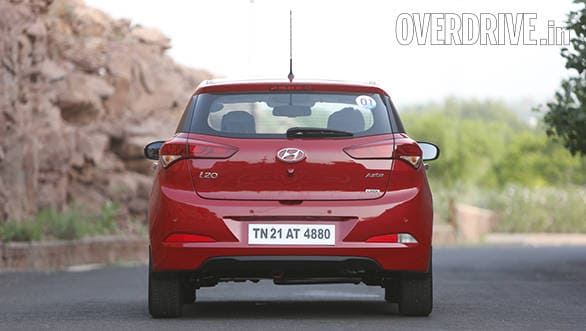
More on the Hyundai Elite i20:
Hyundai Elite i20 image gallery
India-spec i20 vs the European spec i20
Spec comparison: Hyundai Elite i20 vs Maruti vs VW Polo vs Fiat Punto
2015 Hyundai Elite i20 launched at Rs 4.89 lakh
.
Starts Rs 5.5 Lakhs
1396cc
Manual
83
220
22.54 Kmpl
Starts Rs 1.17 Crore
6592cc
Automatic
265
850
-NA-
Starts Rs 6.8 Lakhs
1493cc
Manual
83
241
-NA-
Starts Rs 5.73 Lakhs
1197cc
Automatic
89.73
113
23.76 Kmpl

